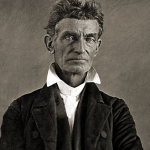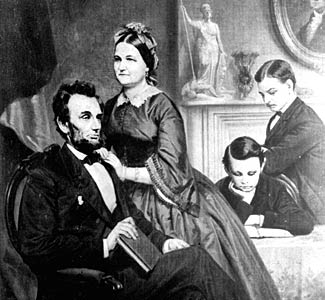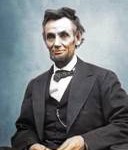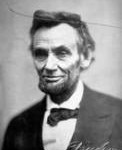 Barack Obama, our first African-American President, took his oath of office in 2013 on the day we celebrated the birthday of the great civil rights leader, Martin Luther King. Obama was sworn in using both the King bible and the bible used by the man whose Emancipation Proclamation set the stage for freedom and equal rights for all, Abraham Lincoln. The symbolism of the confluence of these three men is palpable. Second inauguration addresses are commonly less inspiring than the first, though perhaps Lincoln offers a wonderful exception to that rule.
Barack Obama, our first African-American President, took his oath of office in 2013 on the day we celebrated the birthday of the great civil rights leader, Martin Luther King. Obama was sworn in using both the King bible and the bible used by the man whose Emancipation Proclamation set the stage for freedom and equal rights for all, Abraham Lincoln. The symbolism of the confluence of these three men is palpable. Second inauguration addresses are commonly less inspiring than the first, though perhaps Lincoln offers a wonderful exception to that rule.
When Lincoln gave his first inaugural address we were on the brink of civil war. Several southern states had already seceded, and more were to follow. Lincoln faced the prospect of the Union ending before he even got into office and his first speech to the American people was an attempt to avert that occurrence. It was long. Very long. And like his very long Cooper Union speech of a year before, was eminently logical in structure and tone.
Lincoln first sought to soothe the South’s “apprehension” that the government was coming for their slaves. While he personally thought “if slavery is not wrong, nothing is wrong,” he acknowledged that the Constitution protected both the states’ right “to order and control its own domestic institutions according to its own judgment exclusively” and that fugitive slaves shall “be delivered up” should they escape to the North [Article IV, Section 2]. Essentially, his hands were tied and the South’s fears that he would end slavery was unfounded. Lincoln said:
I have no purpose, directly or indirectly, to interfere with the institution of slavery in the States where it exists. I believe I have no lawful right to do so, and I have no inclination to do so.
Lincoln was making it clear that the Constitution prevented him from acting on slavery where it existed. That “the only substantial dispute” was the question of the spread of slavery.
One section of our country believes slavery is right and ought to be extended, while the other believes it is wrong and ought not to be extended.
He also argued that secession was illegal and unconstitutional, a view that was affirmed by subsequent Supreme Court decisions. So the onus was on the South for the war. And Lincoln made it clear that it was his duty as President to prevent a rebellion.
In your hands, my dissatisfied fellow-countrymen, and not in mine, is the momentous issue of civil war. The Government will not assail you. You can have no conflict without being yourselves the aggressors. You have no oath registered in heaven to destroy the Government, while I shall have the most solemn one to “preserve, protect, and defend it.”
After such a long and analytical discourse, Lincoln brought his first inaugural address to a close by shifting to an eloquent call for compassion. I’ll continue with that and his second inaugural address in my next post.
This is Part 1 of a three part series. See Part 2 and Part 3.
More about Abraham Lincoln.
Follow me by subscribing by email on the home page. And feel free to “Like” my Facebook author’s page and connect on LinkedIn. Share with your friends using the buttons below.



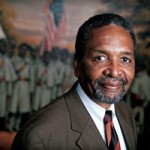 Dr. Frank Smith, Jr. will be the speaker at the
Dr. Frank Smith, Jr. will be the speaker at the 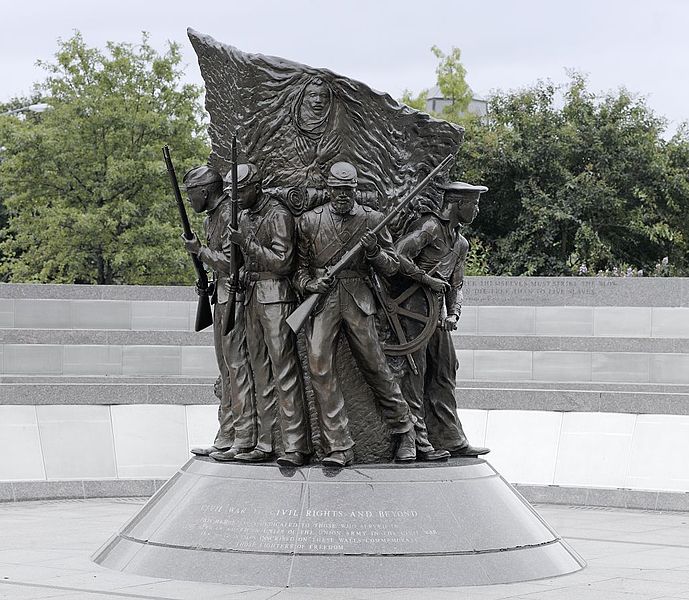

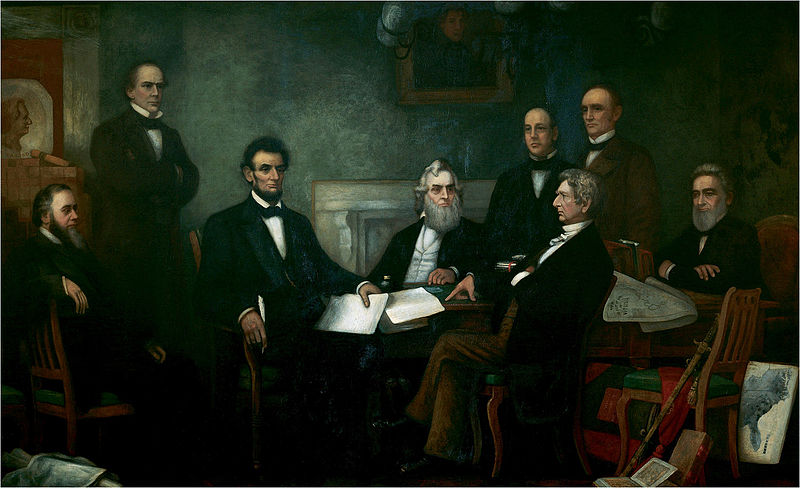
 This delightful book published in 1947 is considered a classic in Abraham Lincoln literature, and is fairly rarely found on the book market. The subtitle “The Store that ‘Winked Out,’” is in reference to Lincoln’s famous quote about how at one time he was a partner in a general store and that it sort of fell out of existence (winked out). Lincoln’s time as a storekeeper is generally given short mention in the big full life biographies of him, and usually to state that Lincoln’s partner died a drunkard and Lincoln, in his famous honesty, took on and eventually paid all debts.
This delightful book published in 1947 is considered a classic in Abraham Lincoln literature, and is fairly rarely found on the book market. The subtitle “The Store that ‘Winked Out,’” is in reference to Lincoln’s famous quote about how at one time he was a partner in a general store and that it sort of fell out of existence (winked out). Lincoln’s time as a storekeeper is generally given short mention in the big full life biographies of him, and usually to state that Lincoln’s partner died a drunkard and Lincoln, in his famous honesty, took on and eventually paid all debts.